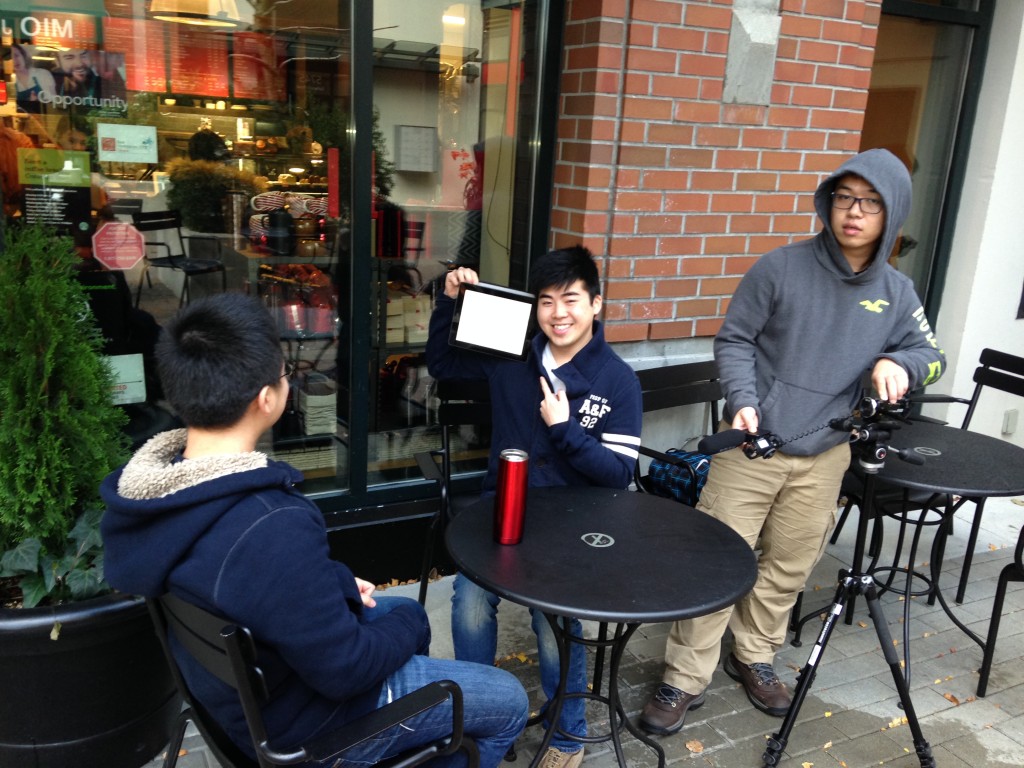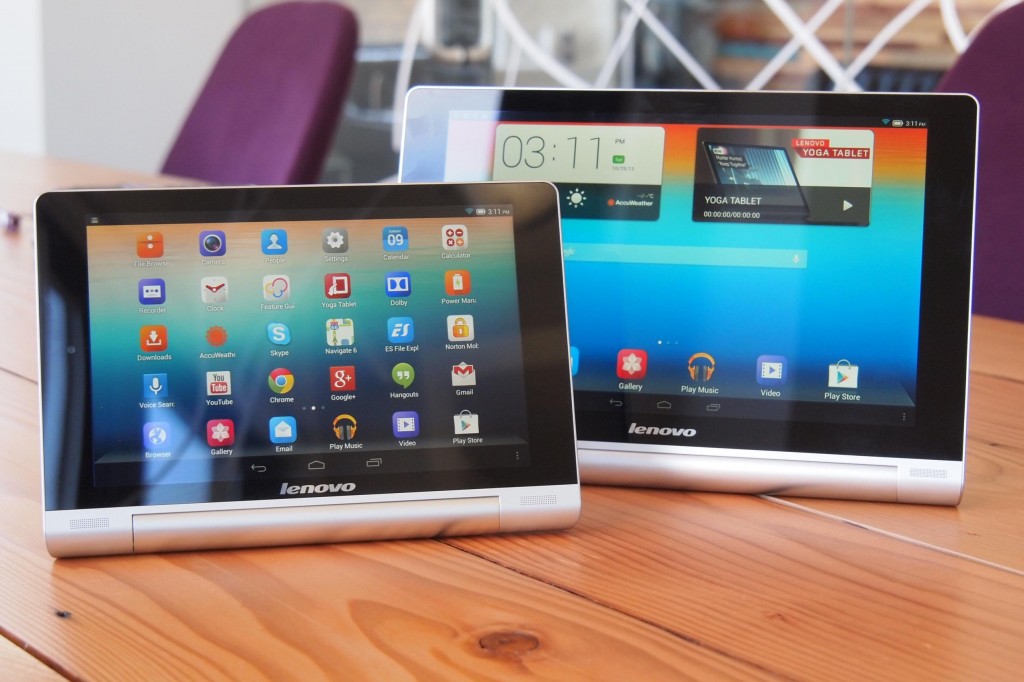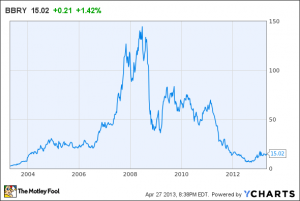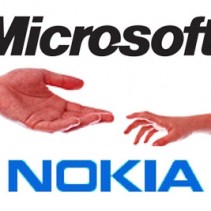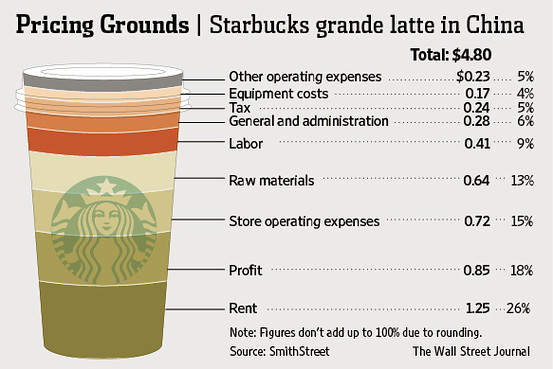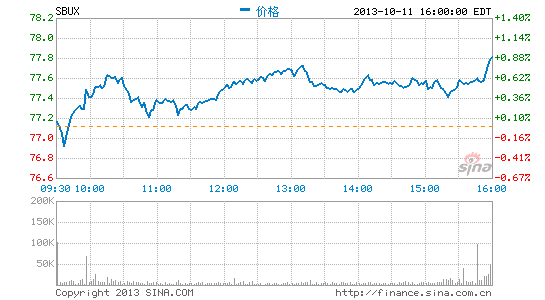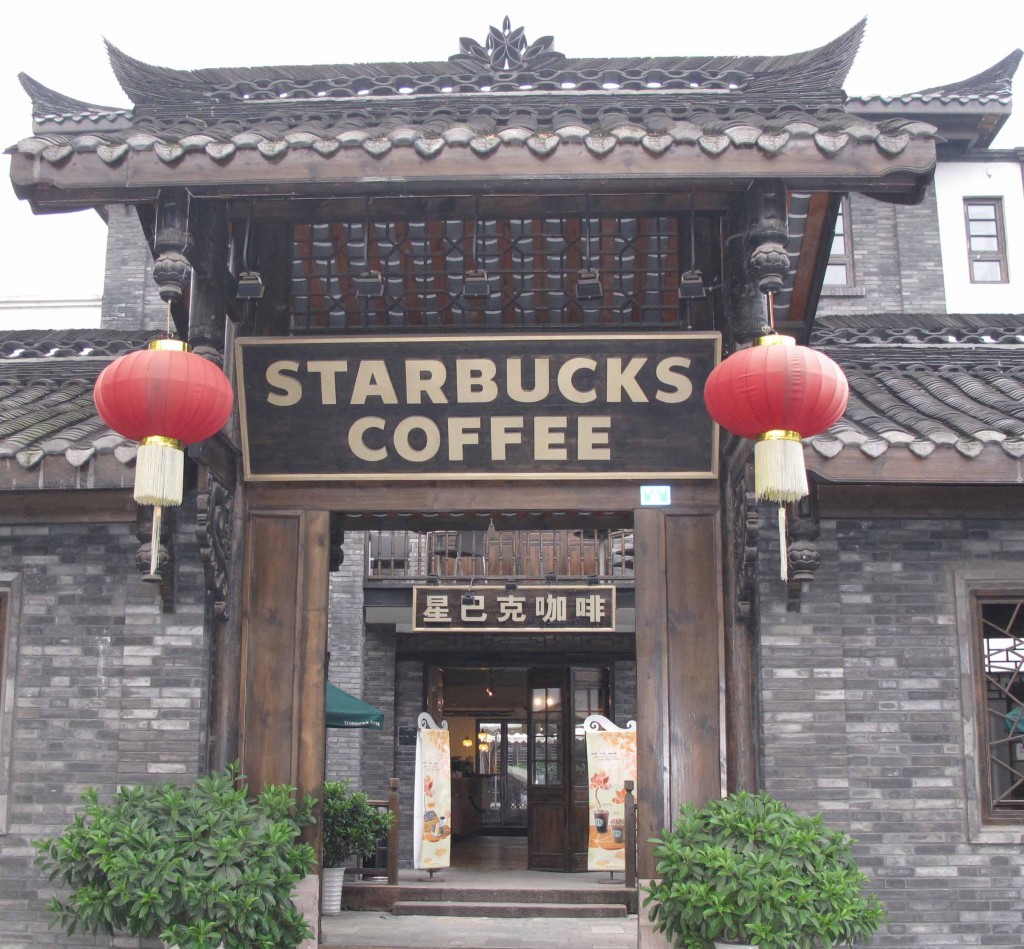This course gives me the basic marketing knowledge that I am supposed to learn about. I find it very interesting and useful for my future career. It is not only helpful for my upcoming job searching, but also gives me the tool to choose what sort of business I should start if I want to launch my own business in the future. By the way, it is not the first time that I say that I love Rui’s lecture.
For the lecture listening, I should have been more prepared. I always try to come to the class on time and sit in the front. However, listening to Rui’s lecture and taking some notes have been the only two things I have done in the lecture. In fact, I think I should have read the chapter before the class so that I can think more critically in the class and raise some more meaningful questions. Now I am reading the book as a way to prepare for the final. I hope I can make it up, and I am sure I still need to read the book (or similar book) one more time.
For the video filming experience, it was full of fun indeed! I was not so excited about this project in the beginning. However, it turned out to be very interesting and I enjoyed the filming and acting experience. If I have to reflect anything, I wish I could make everyone prepare the script and other issues completely well before filming so that we could save time on the filming. Anyway, I still enjoy it.
Lastly, I want to thank UBC for giving me the chance to have the minor degree in Commerce, and I want to thank Rui for his time and efforts for this course.
Andy Ye

